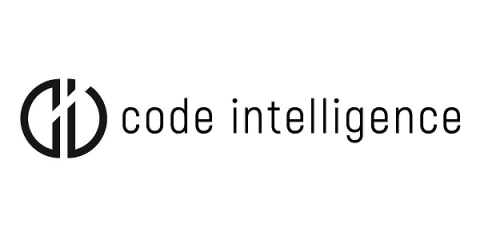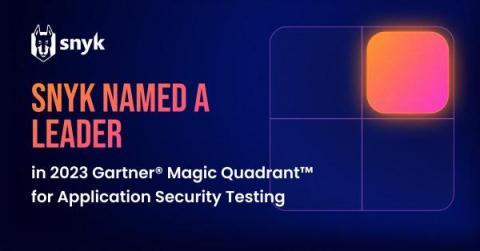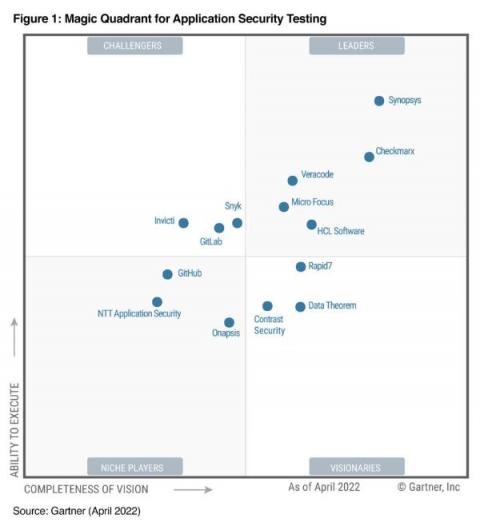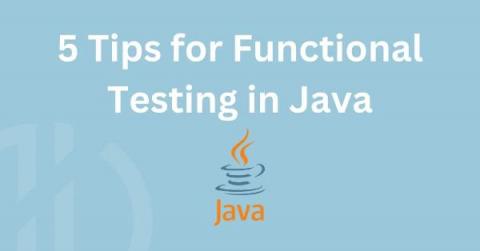Security | Threat Detection | Cyberattacks | DevSecOps | Compliance
May 2023
Snyk named a Leader in 2023 Gartner Magic Quadrant for Application Security Testing
We’re thrilled to announce that Snyk has been named a Leader in the 2023 Gartner Magic Quadrant for Application Security Testing! Snyk was named in the Magic Quadrant for Application Security Testing (AST), for the first time, as a Visionary in 2021. And today, we’re excited and honored to announce that Gartner has recognized us in the Leaders Quadrant in the 2023 Magic Quadrant report.
Synopsys named a Leader in the 2023 Gartner Magic Quadrant for Application Security Testing for the seventh year
In the 2023 Gartner® Magic QuadrantTM for Application Security Testing, Synopsys placed highest and furthest right for the fifth consecutive year for our Ability to Execute and our Completeness of Vision.
The Power of Low-Code/No-Code Development in Changing Application Development Landscape
The landscape of application development is constantly evolving, driven by technological advancements and changing user demands. Over the past few years, we have witnessed the rise of generative AI, the “shift left” approach, and the increasing prominence of low-code/no-code development.
A New Era of AppSec: 10 Times as a Leader in Gartner Magic Quadrant for Application Security Testing
Ten represents the completion of a cycle and the beginning of a new one, as there are ten digits in our base-10 number system. We've scanned nearly 140 trillion lines of code, so we can’t help but pick up on the one and the zero in our exciting announcement. It's the tenth publication of the Gartner® Magic Quadrant™ for Application Security Testing (AST), and we are pleased to announce we are a Leader for the tenth consecutive time.







